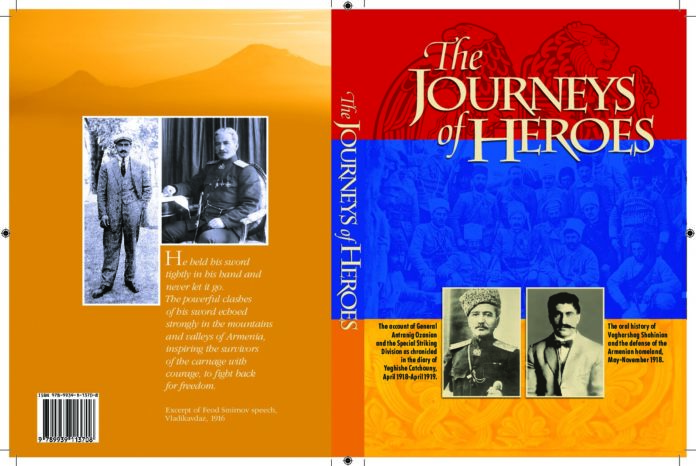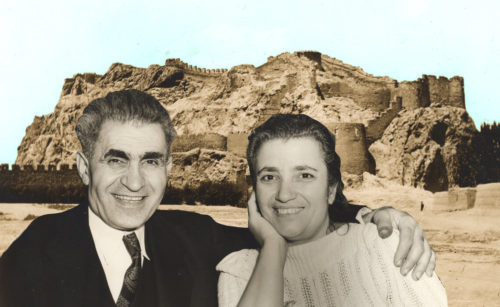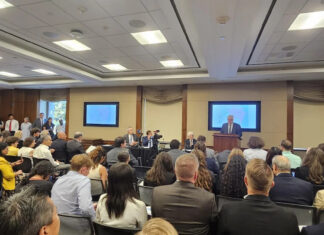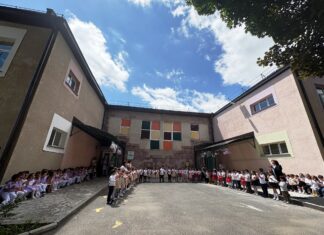FAIR LAWN, N.J. — It is not often that the translation and publication of a family heirloom diary ends up being highly relevant to current events.
In the case of Ken Sarajian and Paul Shahinian, their grandfathers’ stories involved heroic exploits from modern Armenian history which certainly warranted publication, but which were not nearly as topical as they suddenly became once war broke out again with Azerbaijan.
The book, the Journeys of Heroes, was published by the ANI Armenian Research Center in Yerevan, and edited by Tatul Hakobyan, director of the Institute and a journalist and independent political analyst in Armenia. It presents translations of the memoirs of Vagharshag Shahinian, a volunteer fighter from Van, and Yeghishe Catchouny, one of the primary personal aides of General Antranik Ozanian. Both men served in the Caucasus front of WWI during the creation of the First Republic of Armenia in 1918.
Hakobyan is the author of Green and Black: Karabakh Diary (2008), View From Ararat: Armenians and Turks (2012) and most recently Valley of Death: A 44-day Catastrophe (2021). He joined Ken Sarajian (grandson of Yeghishe Catchouny) and Paul Shahinian (grandson of Vagharshag Shahinian) for a book presentation at St. Leon’s Armenian Church on December 9, which was simultaneously broadcast on Zoom and moderated by Ara Araz. The event was cosponsored by the Armenian Democratic Liberal Party (ADL), the Knights of Vartan – Bakradouny Lodge, the National Association for Armenian Studies and Research(NAASR) , the Ararat-Eskijian Museum, the Armenian Network of America – Greater NY, and the families of Vagharshag Shahinian and Yeghishe Catchouny, as well as St. Leon’s.
After an introduction by Araz, there was a discussion by Paul Shahinian, followed by Ken Sarajian, on the contents of the book.
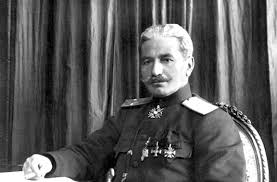
Two Heroes



